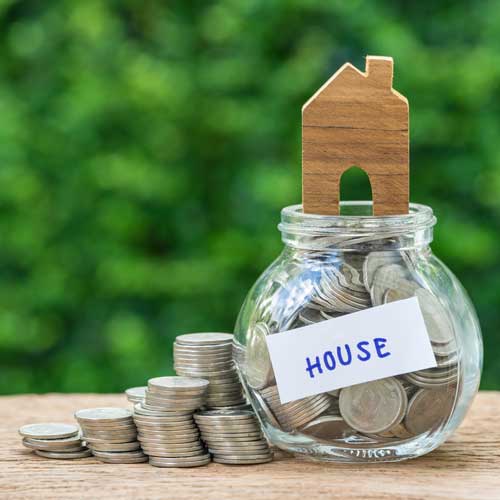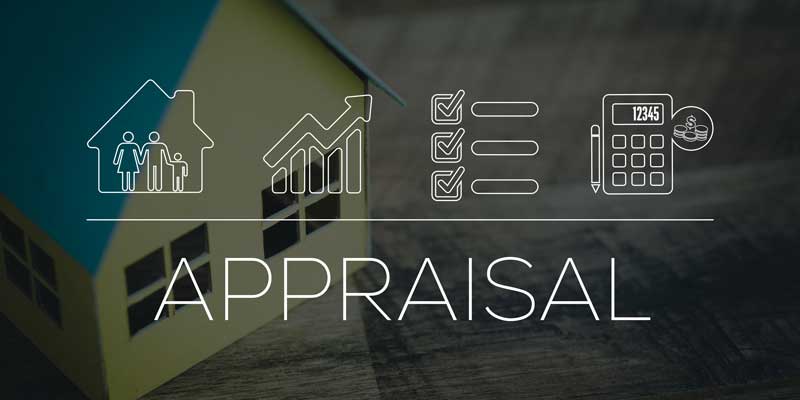5 Steps to Maximize Your Refinance Savings
Updated:
Retirement Living takes an unbiased approach to our reviews. We may earn money when you click a partner link. Learn More

So, you’re considering a home loan refinance. You probably know refinancing your mortgage can save you quite a bit of money. But did you know there are steps you can take to get even more out of your refinance? You could be missing out on some significant savings if all you do is check refinance loan interest rates with your current lender.
Diving deep into numbers may not be your idea of fun, but you need to take a hard look at your financial situation to maximize your mortgage refinance. Planning for your future requires crunching some numbers. Fortunately, it’s worth the time to do so.
There are two main areas of maximizing your home refinance. The first is making sure the new loan’s terms, that is, the interest rate and length of the mortgage, are as favorable as possible. These terms are the component that lets you save money. The second consideration is what you do with the funds you save from refinancing your home loan.
Here’s a look at some of the best ways to maximize your refinance savings.
1. Do everything you can to increase your credit score
Your credit score is critically important to your mortgage rate, and a difference of 100 points can equal thousands of dollars paid in interest over the years. If you’re considering a refinance, you’ll want to do everything you can to give your credit score a boost. And while building your credit score is usually a slow climb, there are a few things you can do to have an immediate impact.

The first way to increase your credit score quickly is to know what’s on your credit report. You may find unexpected things in the report associated with your finances. It’s somewhat common for accounts to get misclassified, especially if your name is similar to a close relative.
Another error could be a delinquent account that you paid on time or paid off altogether. Getting these accounts off of your credit report can have an immediate and massive impact. The best place to get a free copy of your credit report is from the official source, annualcreditreport.com. You can request your report once per year from each of the major reporting agencies. Use the website to get your credit report from one agency every four months to keep a close eye on your finances.
Also, you’ll want to pay off as much revolving debt – usually in the form of credit card balances – as soon as you possibly can. Your debt utilization rate, or your combined credit card balances compared to the total credit available on all cards, is a crucial part of your credit score. If you have a high utilization rate, your score will drop almost as fast as it would from late payments. Paying down revolving debt lowers your utilization rate, and will have an almost immediate positive impact on your credit score.
2. Know what types of refinance loans are available
Paying a lower interest rate is what many people think about when they consider refinancing their mortgage. But there are multiple types of refinance loans available, each with their benefits. Knowing which one is best for your situation can have tremendous results for your finances.

Here’s a breakdown of the different types of refinance loans:
- Rate or term refinance Probably the most common type of refinancing, this is a process where you pay off your current mortgage while establishing a new one with a lower interest rate and perhaps shorter term. If getting a lower payment is your only goal, refinance your mortgage into this type of loan.
- Cash out-refinance If you’re refinancing because you need cash, then a cash-out refinance may be what you need. In this scenario, you’re borrowing money against the equity you have built up in your home in exchange for some amount of cash. You’ll have a higher loan balance, and perhaps a longer term, but if you can get a lower interest rate to offset the new terms, your new payment may be about the same. If your credit is in significantly better shape than it was when you initially got your mortgage, you may even get an interest rate that’s so low you end up with a lower monthly payment.
- Government loan refinance Two loans are a part of government refinancing programs. The first, the Home Affordable Refinance Program (HARP), is a program born out of the mortgage crisis of the 2000s. Designed for people who are struggling to make payments on their home, HARP allows for refinancing up to 125 percent of their home’s value. These renegotiated terms result in a lower monthly mortgage payment. A mortgage must be current to take advantage of this program, however, so it may not help in dire financial conditions. The second government refinance option, the FHA streamline, lets borrowers refinance without having to verify their income or other assets.
3. Shop Around
A recent study from the Consumer Protection Finance Bureau revealed that nearly half of consumers are just going with the first lender they speak to. Many people think that all lenders are the same, but different lenders can have substantial differences in their rates.
As an example, an interest rate difference of just .5 percent on a $250,000 mortgage with a 30-year term would save over $50 a month. If you’re in the market for a refinance, contact at least three different lenders to see what their offerings are.
4. Take time to increase your appraisal
You had to get your home appraised when you first bought it, and you’ll have to do it for a mortgage refinance as well. Your home’s value is critical to a refinance as it determines how much equity you have. The more home equity you’ve built up, the better refinance rate you can get.
But your home’s value is pretty much set, right? How can that be changed?
A home appraisal considers some factors that are out of your control like the selling price of comparable homes nearby and the size of your home. However, there are some things you can control like broken windows, wall damage, safety features like smoke and carbon monoxide detectors, landscaping and more. If you’re refinancing, many experts recommend staging your home just like you’re selling it. Small cosmetic changes can have a significant impact on how much your home is worth.

5. Make sure you put your savings to work
Depending on your situation, a mortgage refinance could end up saving you thousands, maybe even tens of thousands of dollars over the life of your loan. If you want to get the most out of your refinance, you’ll want to put that money to work.
If you take your savings and spend it frivolously, you’ll have fun in the short term, but you won’t accomplish much in the long run. Take the money you’re saving on your mortgage and either pay extra on your mortgage to reduce the balance and increase equity in the home or invest the money in a 401(k) account.
If you want to go the investment route, here are some numbers to consider. Let’s say you’re about 45 years old, and you have a mortgage that’s set to be paid off at retirement when you are 65 years old. If you refinance to save $100 a month and put all of that money into a 401(k), you’ll have invested about $25,000 when you quit work. But over time, that turns in to almost $45,000 at average investment growth rates.
What if you choose to pay your mortgage back sooner? Let’s say you borrowed $250,000 for 30 years at 3 percent. Ten years into the loan, you refinance to save $100 a month, and you put that extra money toward the new mortgage. You’ll end up knocking almost two years off your mortgage, and you’ll save about $7,000 in interest.
Don’t just refinance, refinance with a purpose
Refinancing a mortgage can be a time-consuming process, but if you make a plan for exactly how you’ll save money and what you’ll do with the funds, you can get more benefit than you ever thought possible.
